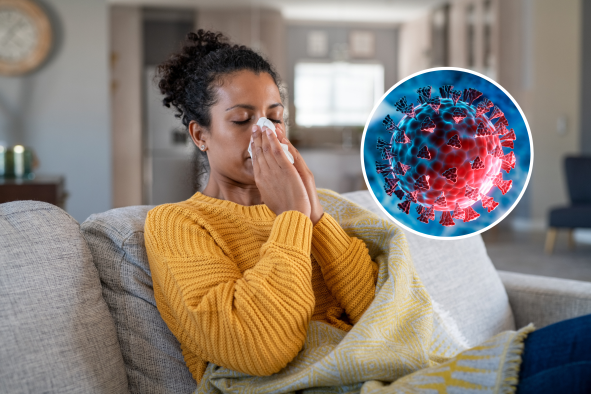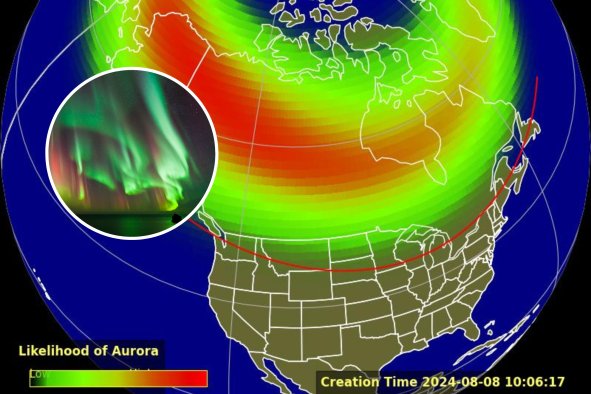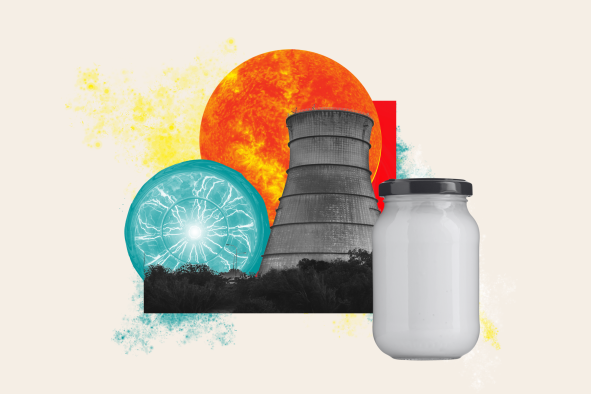Sea lions and dolphins along the California coast are getting sick due to an explosion in the growth of harmful algae, and a NOAA map reveals the areas affected.
It shows where cold water is upwelling to the ocean surface, bringing with it nutrients from the depths and prompting blooms of these algae.
Algal blooms sap oxygen from the water, harming fish and other marine life, as well as producing neurotoxins like domoic acid that can poison sea lions.
Since July 29 alone, the Marine Mammal Center in Sausalito has responded to 90 sick sea lions in San Luis Obispo County, the majority of which are female. They have also responded to several common dolphins and northern fur seals.
Roughly one-quarter of the sick sea lions eventually died, according to a report from the LA Times.
This year's bloom is being caused by the upwelling of cooler, nutrient-rich water from the ocean's depths. With plenty of nutrients around, algae such as the toxin-producing diatom Pseudo-nitzschia species thrive, growing at extreme rates and forming an algal bloom.
The domoic acid produced by these algae can accumulate in shellfish, sardines, anchovies, and other marine organisms. Marine mammals, such as sea lions, seals, and whales, are at risk because they consume fish and other prey that have accumulated domoic acid in their tissues.
Domoic acid is a neurotoxin, and when accumulated inside marine mammals, can cause disorientation, confusion, seizures, tremors, coma, and, in severe cases, death.
"Domoic acid poisoning leads to brain damage in marine mammals and seabirds," Ryan McCabe, a research scientist at NOAA, told Newsweek. "More severe cases of domoic acid poisoning often result in some tell-tell behavioral signs such as the infected animal or bird swaying their head from side to side."
Last year also saw a huge algal bloom in the same area, resulting in the Channel Islands Marine & Wildlife Institute responding to over 650 marine mammals across Santa Barbara and Ventura Counties. This year, the group is getting as many as 100 calls a day from beachgoers who are seeing sick animals.
"The good news is that people realize something is wrong and know who to call," said Ruth Dover, Managing Director of the Channel Islands group, said in a NOAA statement. "The bad news is that many of these animals are really suffering."
"This is especially concerning because these blooms didn't use to be an annual event," she said. "Unfortunately, many animals are dying on the beach before we have a chance to rescue them. This indicates a high level of exposure to domoic acid."
If rescue teams get there before the animal dies, they will take them to a rehabilitation facility where they try to flush the toxins out of their bodies. However, animals often die, as their condition is too advanced for treatment to save them.
Therefore, while the upwelling may bring nutrients into the water for all organisms to thrive, it can result in many deaths too.
"The upwelling helps make the California Coast such a rich ecosystem, but in this case there is another effect that we see playing out with marine mammals," said Clarissa Anderson, Executive Director of the Southern California Coastal Ocean Observing Network.
"Upwelling makes the California Current Ecosystem what it is," said Michael Jacox, research scientist at the Southwest Fisheries Science Center. "The better we can predict how it will change months, years, or decades in the future, the better we can anticipate effects such as harmful algal blooms."
Do you have a tip on a science story that Newsweek should be covering? Do you have a question about algal blooms? Let us know via science@newsweek.com.
Disclaimer: The copyright of this article belongs to the original author. Reposting this article is solely for the purpose of information dissemination and does not constitute any investment advice. If there is any infringement, please contact us immediately. We will make corrections or deletions as necessary. Thank you.



